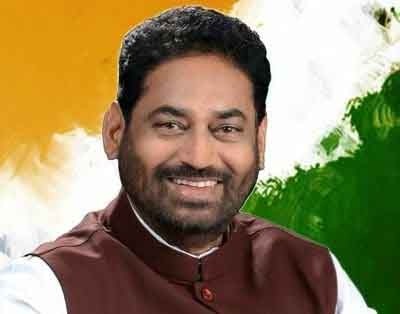
Mumbai, After two weeks of power cuts ranging from two to 10 hours in many areas barring Mumbai, Maharashtra finally achieved 'zero' load-shedding on April 28, Energy Minister Nitin Raut said here on Saturday.
From April 14, the state had experienced a shortfall of around 1,700 megawatt (MW) which necessitated the load-shedding in many areas, sparking an uproar as the state reels under an unprecedented heat wave, said an official from the Energy Department.
"However, the state has been able to bridge the gap and satisfy the full demand of 28,276-MW power from its 2.89 crore consumers across different categories. This was possible by buying electricity at higher rates from the markets and other measures," Maharashtra State Electricity Workers Federation President, Mohan Sharma said.
Minister Raut said that since April 28, there has been no load-shedding, making it the only state among those hit by coal shortages to achieve the mark in just 14 days.
On April 27, the MSEWF had slammed the Centre for what it alleged were wrong policies that resulted in an 'artificial' power shortage in over a dozen states in India, first highlighted by IANS (April 27).
The opposition Congress on Friday reacted sharply to this by blaming the Centre for not making arrangements to transport coal to the power plants thereby leading to the 'man-made' power shortage crisis at the height of summer.
"Today the situation is that there are coal plants with 72,000-MW lying barren due to non-availability of coal. It's not that there is no coal in the country, it is available, but Prime Minister Narendra Modi doesn't think it is necessary to transport it to the plants," Congress spokesperson Gourav Vallabh said.
He said that India is capable enough of producing electricity and also has raw material too, but the Prime Minister cannot even transport coal from the mines to power plants to help generate power.
As the heatwave tightened its grip the state, many parts of Maharashtra particularly the hinterlands, baked with the mercury scorching at Jalgaon, Chandrapur (46 degrees), Akola, Wardha, Yavatmal and Ahmednagar (45 degrees), Amravati, Nagpur and Parbhani (44 degrees).
As per the latest official data, the worst-hit states due to load-shedding are Rajasthan, Haryana, Punjab, Uttar Pradesh, Bihar and Madhya Pradesh, with maximum power shortages running into double-digits.
Next in the list are Chhattisgarh, Jharkhand, Jammu and Kashmir, Odisha, Kerala and Andhra Pradesh reporting medium power shortfall running into single digits.
In the bottom order are Assam, Uttarakhand, Meghalaya and Himachal Pradesh with low shortages.


.jpeg)

